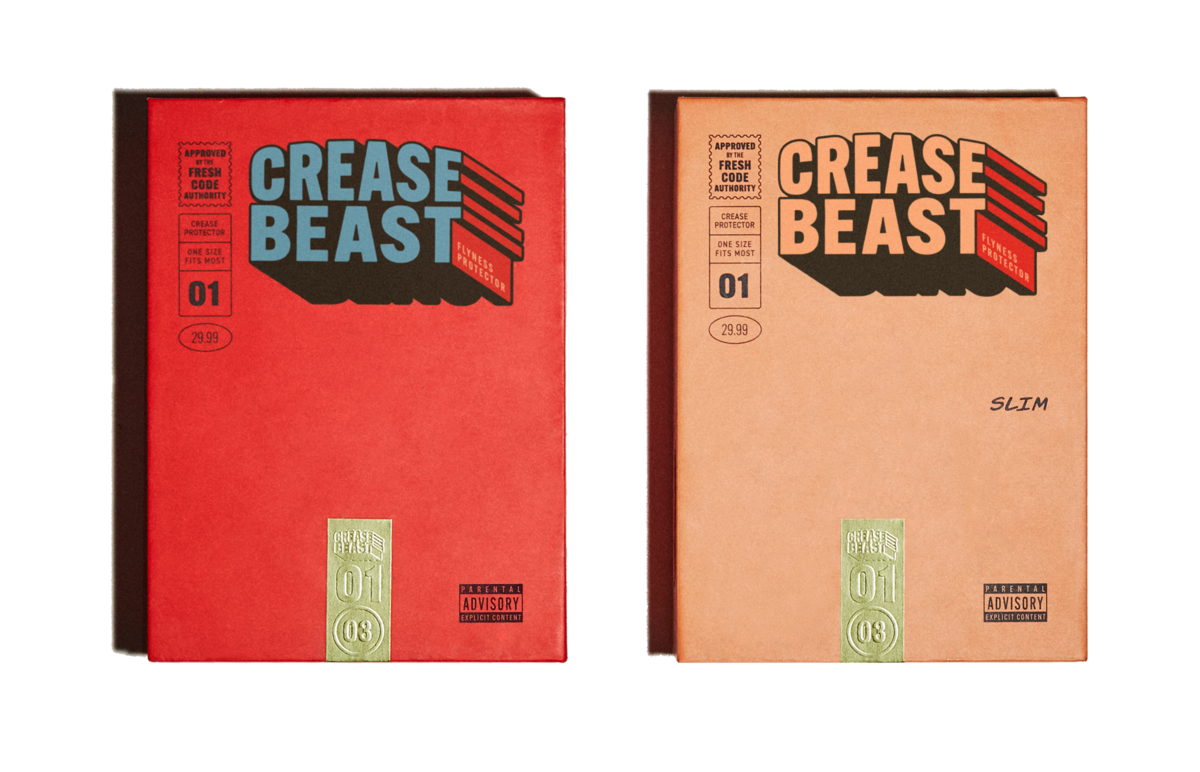Understanding Creasing in Different Materials
Creasing is a critical aspect to consider when working with various materials, such as fabric, leather, paper, and textiles. It plays a pivotal role in determining the appearance, functionality, and durability of these materials.
The Importance of Creasing
Creasing refers to the process of folding or bending a material, resulting in a distinct line or fold. It is commonly used to enhance the structure, aesthetics, and utility of products made from different materials.
Understanding how creasing affects different materials is essential for designers, manufacturers, and consumers alike. By gaining insight into the factors and considerations associated with creasing, it becomes possible to make informed decisions that optimize product performance and user satisfaction.
Factors Impacting Creasing
1. Material Type:
The type of material being creased plays a crucial role in how it will respond to folding. Different materials have unique characteristics, such as flexibility, elasticity, and strength, which directly influence the creasing process.
2. Thickness:
The thickness of a material affects the sharpness and visibility of creases. Thicker materials are generally more resistant to folding compared to thinner ones.
3. Surface Coatings:
Materials with surface coatings, such as fabric treatments or protective finishes on leather, may exhibit different creasing properties compared to their untreated counterparts.
Understanding Creasing in Fabric
Fabric is a versatile material commonly used in clothing, home furnishings, and various other applications. When creasing fabric, it is important to consider the weave, fiber content, and fabric finish.
Understanding Creasing in Leather
Leather is a luxurious and durable material that requires careful consideration when creasing. Factors such as the type of leather, tanning process, and thickness can impact the creasing behavior.
Understanding Creasing in Paper
Paper is a lightweight and flexible material widely used for writing, printing, packaging, and crafts. Creasing paper is integral to creating crisp folds and achieving precise shapes in various applications, such as cards, brochures, and envelopes.
Understanding Creasing in Textiles
Textiles encompass a wide range of materials, including woven and non-woven fabrics. Creasing techniques differ depending on the specific type of textile and its intended use.
The Tradeoffs and Challenges
When considering creasing in different materials, it is essential to recognize the tradeoffs involved. For instance, while sharper creases may enhance visual appeal, they might compromise the material's integrity and flexibility.
Challenges associated with creasing arise when balancing various factors, such as durability, aesthetics, and functionality. Manufacturers and designers must carefully assess these tradeoffs to ensure the final product meets the intended requirements.
Conclusion
Understanding creasing in different materials is vital for creating high-quality products that meet the desired functional and aesthetic criteria. By considering the material type, thickness, surface coatings, and tradeoffs involved, one can make informed decisions that optimize creasing results.
Remember, whether working with fabric, leather, paper, or textiles, creasing plays a key role in shaping the final product. So, choose wisely and consider the impact of creasing on your materials!
